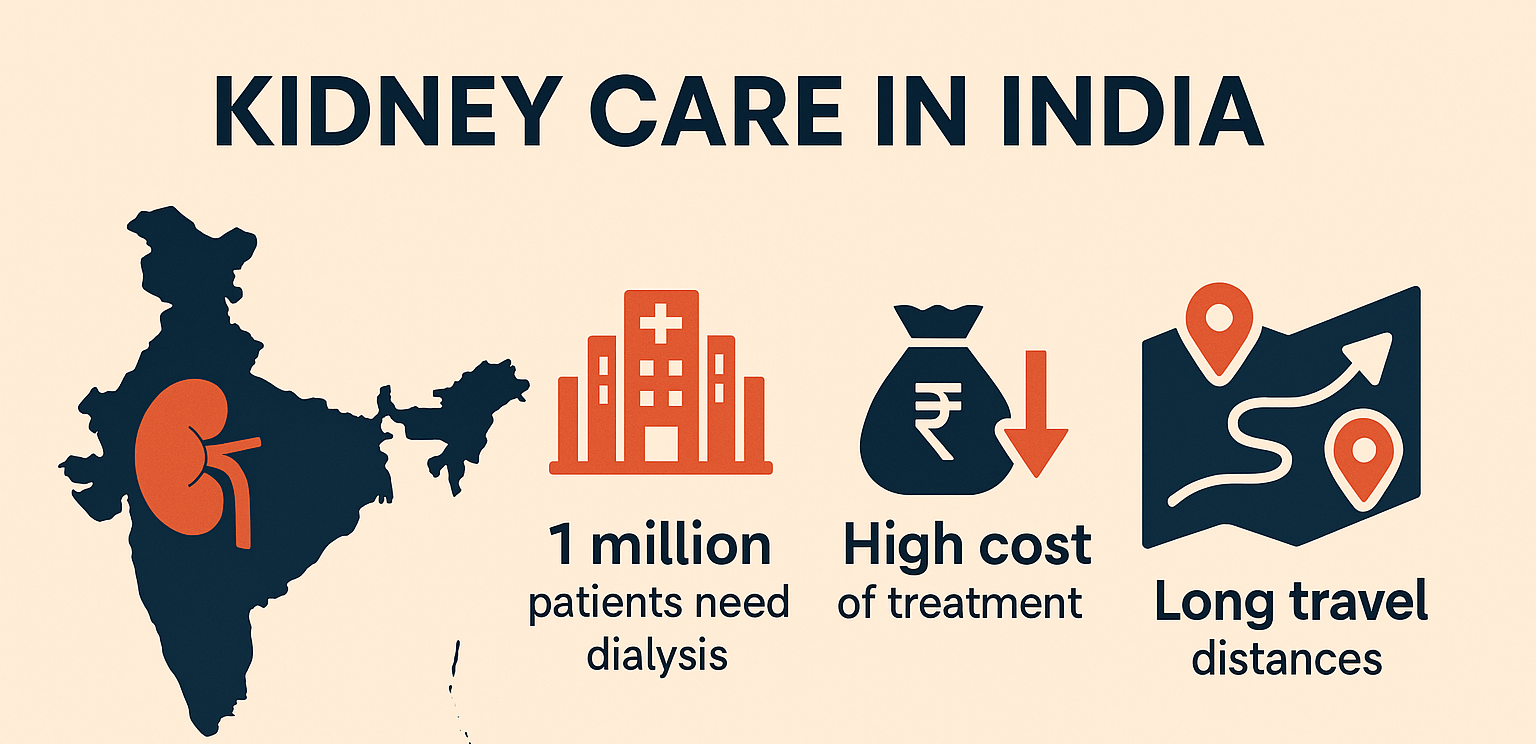Novartis, a leader in rheumatology and immuno-dermatology, today announced 12-week results from the first-of-its-kind Phase IIIb ULTIMATE randomized controlled trial, which demonstrated the significant treatment response of Cosentyx® (secukinumab) on synovitis (joint lining inflammation) in psoriatic arthritis (PsA) versus placebo. Synovitis was assessed using an advanced and sensitive imaging technique called Power Doppler ultrasonography (PDUS). These data are being presented at the American College of Rheumatology (ACR) All-Virtual Annual Meeting, November 5-9, 2020.
“Psoriatic arthritis can have a significant impact on a patient’s joints. Joint lining inflammation, also known as synovitis, if left untreated, can cause pain to worsen, joint damage, and may decrease physical function,” said Dr. Maria A. D’Agostino, Professor of Rheumatology at the Catholic University of Rome. “These data are highly encouraging, showing Cosentyx can significantly reduce synovitis at Week 12 versus placebo with results seen as early as Week 1, and that ultrasound is a sensitive and objective tool to monitor joint inflammation in PsA patients.”
The use of a standardized ultrasound synovitis score (GLOESS) as the primary endpoint showed objectively the significant benefit of Cosentyx versus placebo on synovitis at Week 12 with an early improvement observed from Week one. Treatment with Cosentyx also significantly improved key secondary endpoints versus placebo, including ACR20 (68% vs 34%, respectively), ACR50 (46% vs 9%, respectively), and enthesitis (mean change from baseline in Spondyloarthritis Research Consortium of Canada enthesitis index score [SPARCC] of -2.4 vs -1.7 respectively). The safety profile of Cosentyx through 12 weeks was consistent with the previous studies.
Novartis anticipates disclosing full 24-week data from the ongoing ULTIMATE trial at the European League Against Rheumatism (EULAR) annual meeting in 2021 and final analysis at ACR 2021.
"As a strong believer in the diagnostic and treatment monitoring benefits of ultrasound, this first large randomized double-blind placebo-controlled clinical trial in PsA with an ultrasonographic primary endpoint is incredibly exciting. The ability to use a sensitive imaging technique to assess synovitis and enthesitis in PsA represents a breakthrough in how we conceptualize treatment goals,” said Dr. Catherine Bakewell of Intermountain Medical Group in Salt Lake City, UT and an investigator in the ULTIMATE study. “In addition to other measures, PDUS helps to provide earlier insight into treatment response, and that patients are more effectively treated across multiple domains of this heterogeneous psoriatic disease spectrum.”
PsA is a complex disease with multiple manifestations driving patient symptoms. In PsA, synovitis may lead to joint damage and if left untreated, the joint damage can be irreversible. In addition to reducing synovitis, Cosentyx has been proven to provide long-lasting inhibition of radiographic progression in PsA, limiting joint damage, and helping to improve outcomes for patients with this debilitating condition.
About Psoriatic Arthritis (PsA)
PsA is estimated to affect up to 50 million people worldwide. It is part of a family of life-long inflammatory diseases (spondyloarthritis) that target the joints and is closely associated with psoriasis. Up to 40% of patients with psoriasis may develop PsA. Symptoms of PsA include joint pain and stiffness, skin and nail psoriasis, swollen toes and fingers, persistent painful swelling of the tendons, and irreversible joint damage.
About ULTIMATE
ULTIMATE is the first ongoing 52-week double-blind, placebo-controlled Phase IIIb study using ultrasound to assess the time-course of the response of Cosentyx on synovitis in psoriatic arthritis. The study enrolled 166 adult biologic-naïve patients with active psoriatic arthritis. Patients were randomized (1:1) to receive either secukinumab (300-mg or 150-mg according to the severity of skin disease) or placebo weekly for a month with treatment starting at Week 4, followed by a once-a-month dose for the next 11 months.
The primary endpoint is the difference in mean change from baseline to Week 12 between secukinumab and placebo in Global Omeract-European League Against Rheumatism Ultrasound Synovitis Score (GLOESS). GLOESS is a standardized composite score that has shown to be sensitive to change and is able to detect and score synovitis. Secondary endpoints include ACR20, ACR50, and change in the Spondyloarthritis Research Consortium of Canada (SPARCC) enthesitis index from baseline to Week 12 compared with placebo.
ACR20 and ACR50 are composite measures defined as both improvements of 20% or 50% in the number of tender and number of swollen joints, and a 20% or 50% improvement in three of the following five criteria: patient global assessment, physician global assessment, Health Assessment Questionnaire, visual analog pain scale, and erythrocyte sedimentation rate or C-reactive protein. The SPARCC enthesitis index is a validated clinical tool for the evaluation of enthesitis.
About Cosentyx® (secukinumab)
Cosentyx is the first and only fully-human biologic that directly inhibits interleukin-17A (IL-17A), a cornerstone cytokine involved in the inflammation and development of moderate-to-severe plaque psoriasis, psoriatic arthritis (PsA), ankylosing spondylitis (AS), and non-radiographic axial spondyloarthritis (nr-axSpA). Cosentyx is the only biologic with proven efficacy in all key manifestations of PsA.
Cosentyx is backed by more than 12 years of clinical experience and long-term five-year data across three indications of psoriasis, PsA, and AS, as well as data from real-world evidence. These data strengthen the unique position of Cosentyx as a rapid and long-lasting comprehensive treatment across axial spondyloarthritis, PsA, and psoriatic disease, with more than 400,000 patients treated worldwide with Cosentyx since launch2 and plans to expand to 10 indications over the next 10 years.
Disclaimer
This press release contains forward-looking statements within the meaning of the United States Private Securities Litigation Reform Act of 1995. Forward-looking statements can generally be identified by words such as “potential,” “can,” “will,” “plan,” “may,” “could,” “would,” “expect,” “anticipate,” “seek,” “look forward,” “believe,” “committed,” “investigational,” “pipeline,” “launch,” or similar terms, or by express or implied discussions regarding potential marketing approvals, new indications or labeling for the investigational or approved products described in this press release, or regarding potential future revenues from such products.
You should not place undue reliance on these statements. Such forward-looking statements are based on our current beliefs and expectations regarding future events and are subject to significant known and unknown risks and uncertainties. Should one or more of these risks or uncertainties materialize, or should underlying assumptions prove incorrect, actual results may vary materially from those set forth in the forward-looking statements.
There can be no guarantee that the investigational or approved products described in this press release will be submitted or approved for sale or for any additional indications or labeling in any market, or at any particular time. Nor can there be any guarantee that such products will be commercially successful in the future.
In particular, our expectations regarding such products could be affected by, among other things, the uncertainties inherent in research and development, including clinical trial results and additional analysis of existing clinical data; regulatory actions or delays or government regulation generally; global trends toward health care cost containment, including government, payor and general public pricing and reimbursement pressures and requirements for increased pricing transparency; our ability to obtain or maintain proprietary intellectual property protection; the particular prescribing preferences of physicians and patients; general political, economic and business conditions, including the effects of and efforts to mitigate pandemic diseases such as COVID-19; safety, quality, data integrity or manufacturing issues; potential or actual data security and data privacy breaches, or disruptions of our information technology systems, and other risks and factors referred to in Novartis AG’s current Form 20-F on file with the US Securities and Exchange Commission.
Novartis is providing the information in this press release as of this date and does not undertake any obligation to update any forward-looking statements contained in this press release as a result of new information, future events, or otherwise.
About Novartis
Novartis is reimagining medicine to improve and extend people’s lives. As a leading global medicine company, we use innovative science and digital technologies to create transformative treatments in areas of great medical need. In our quest to find new medicines, we consistently rank among the world’s top companies investing in research and development. Novartis products reach nearly 800 million people globally and we are finding innovative ways to expand access to our latest treatments. About 110,000 people of more than 140 nationalities work at Novartis around the world.

 Novartis Cosentyx shows early synovitis reduction in patients with psoriatic arthritis in the first-of-its-kind study
Novartis Cosentyx shows early synovitis reduction in patients with psoriatic arthritis in the first-of-its-kind study






.jpeg)





.jpeg)






.jpeg)









.jpg)


.jpg)
